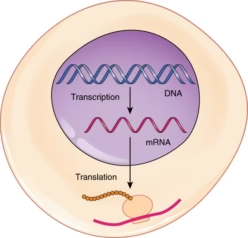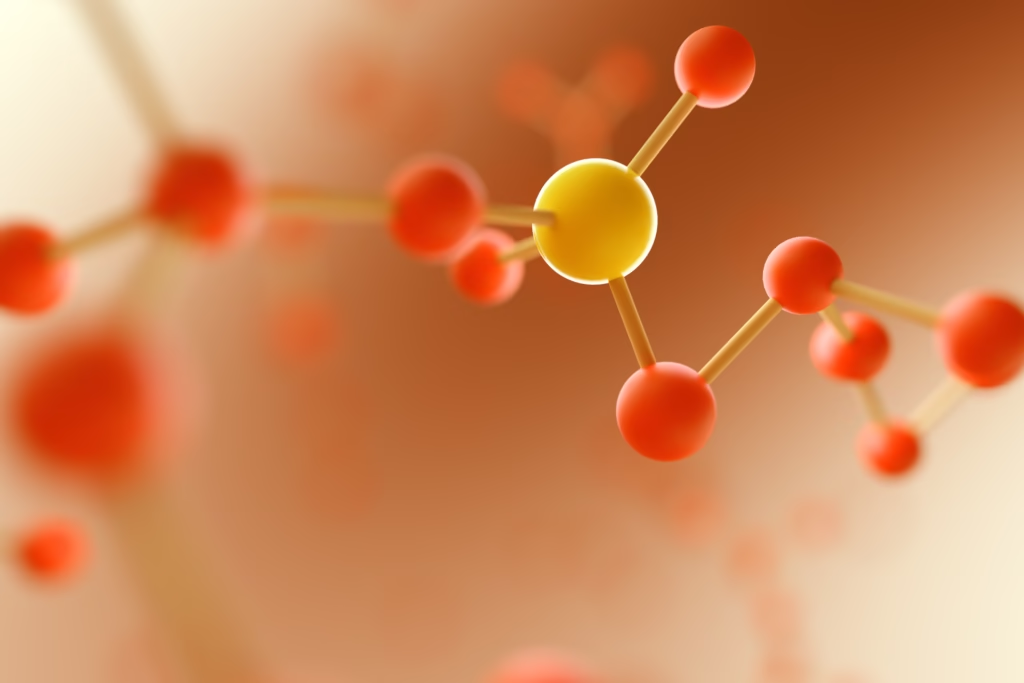
Introduction The Widal test is a serological diagnostic method widely used to identify typhoid and paratyphoid fevers, collectively known as enteric fever. The bacteria Salmonella typhi and Salmonella paratyphi cause these diseases. The Read More …
Simplifying Allied Health Learning.

Introduction The Widal test is a serological diagnostic method widely used to identify typhoid and paratyphoid fevers, collectively known as enteric fever. The bacteria Salmonella typhi and Salmonella paratyphi cause these diseases. The Read More …

Introduction The ABO blood group system is the most important classification used for blood transfusions, categorizing human blood into four main types: A, B, AB, and O. This classification is Read More …

Introduction The flow of genetic information in all living organisms follows the central dogma of molecular biology, which states that DNA → RNA → Protein. Transcription is the process of Read More …

Introduction Enzymes are biological catalysts—usually proteins—that speed up chemical reactions in living organisms without being consumed in the process. Definition: “Enzymes are biological macromolecules (mostly proteins) that act as catalysts Read More …

Introduction Proteins are the high molecular weight mixed polymers of α-amino acids joined with peptide linkage (-CO-N H-). Proteins are the chief constituents of all living matter. They contain carbon, Read More …